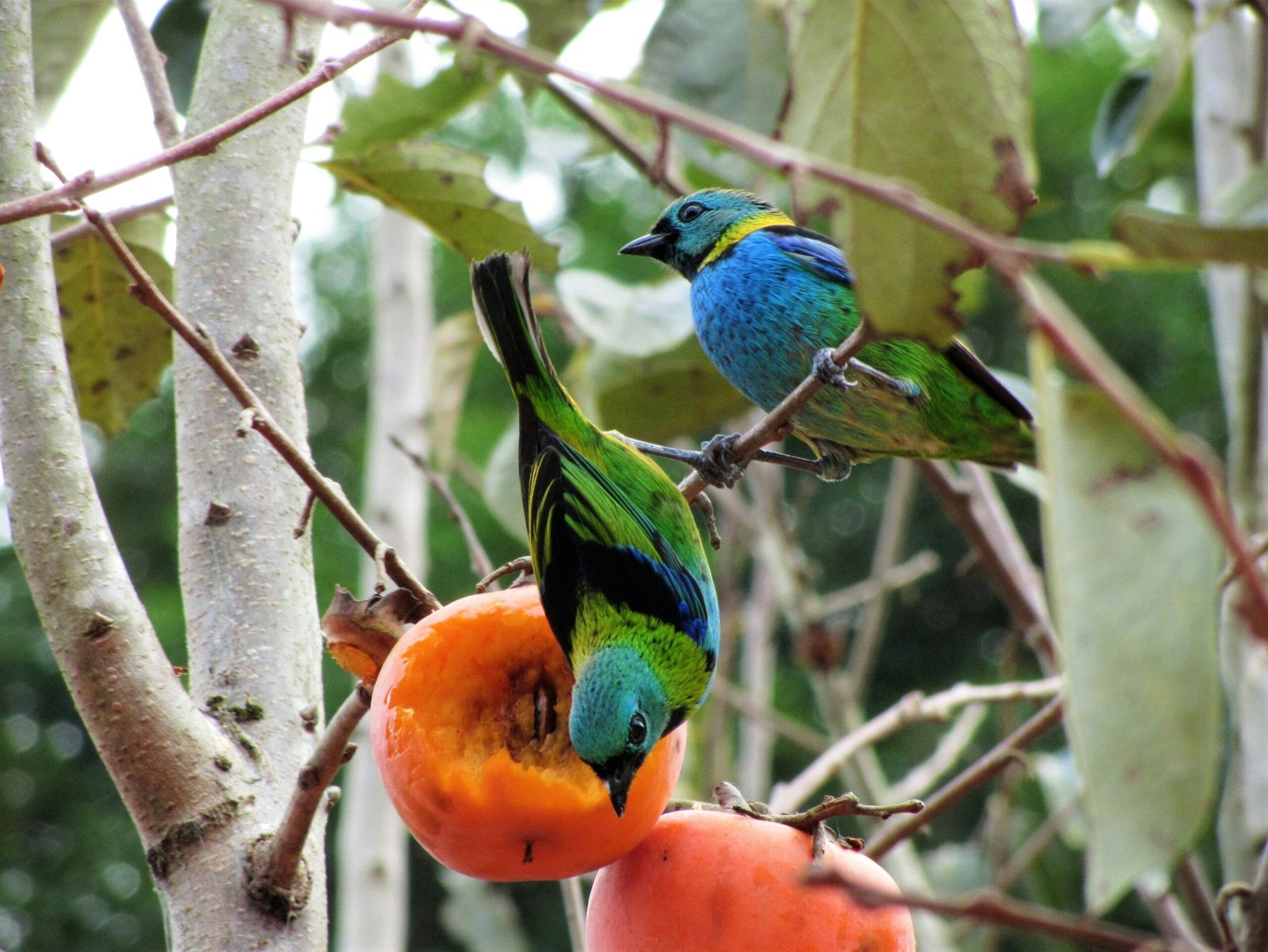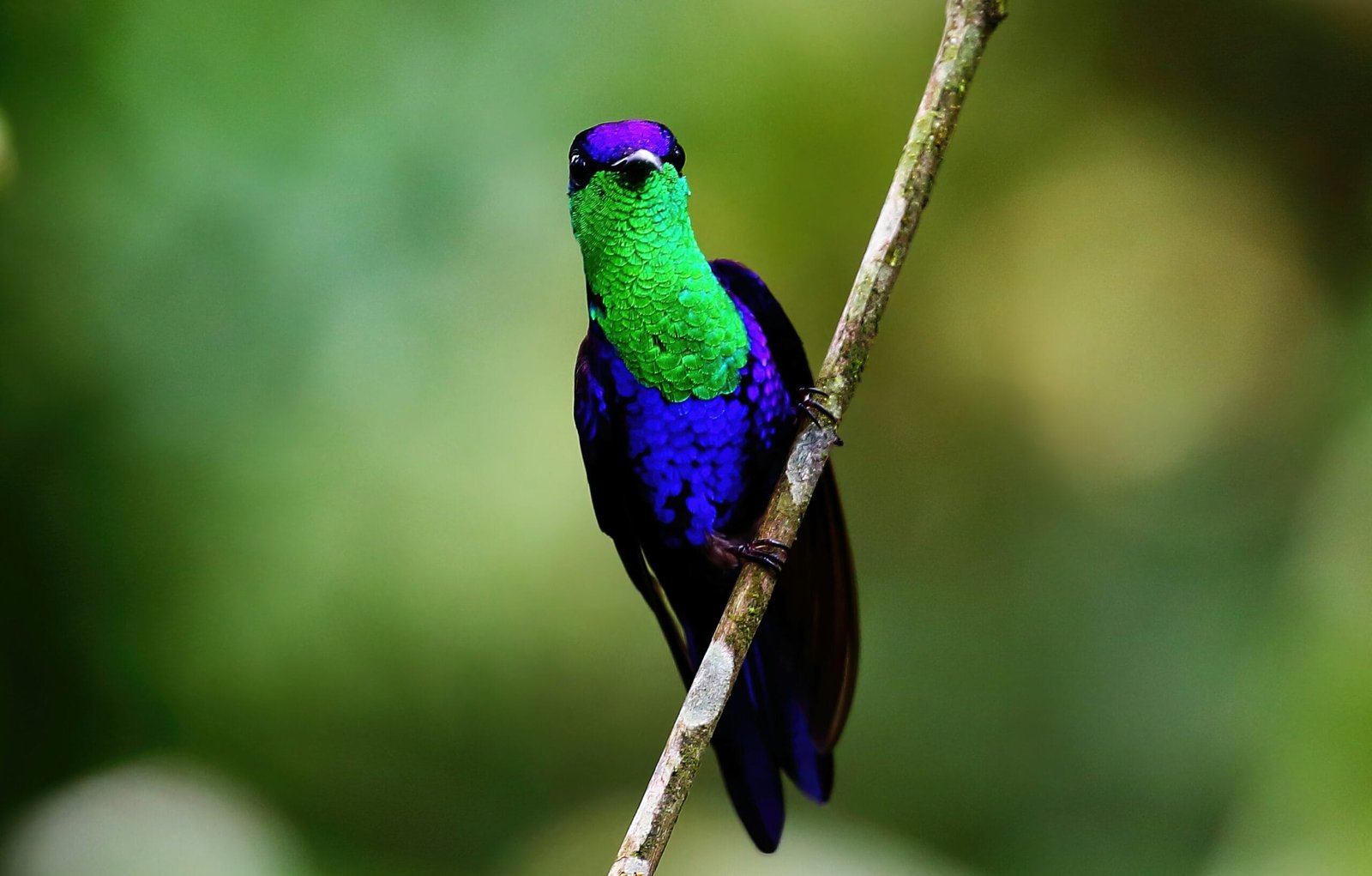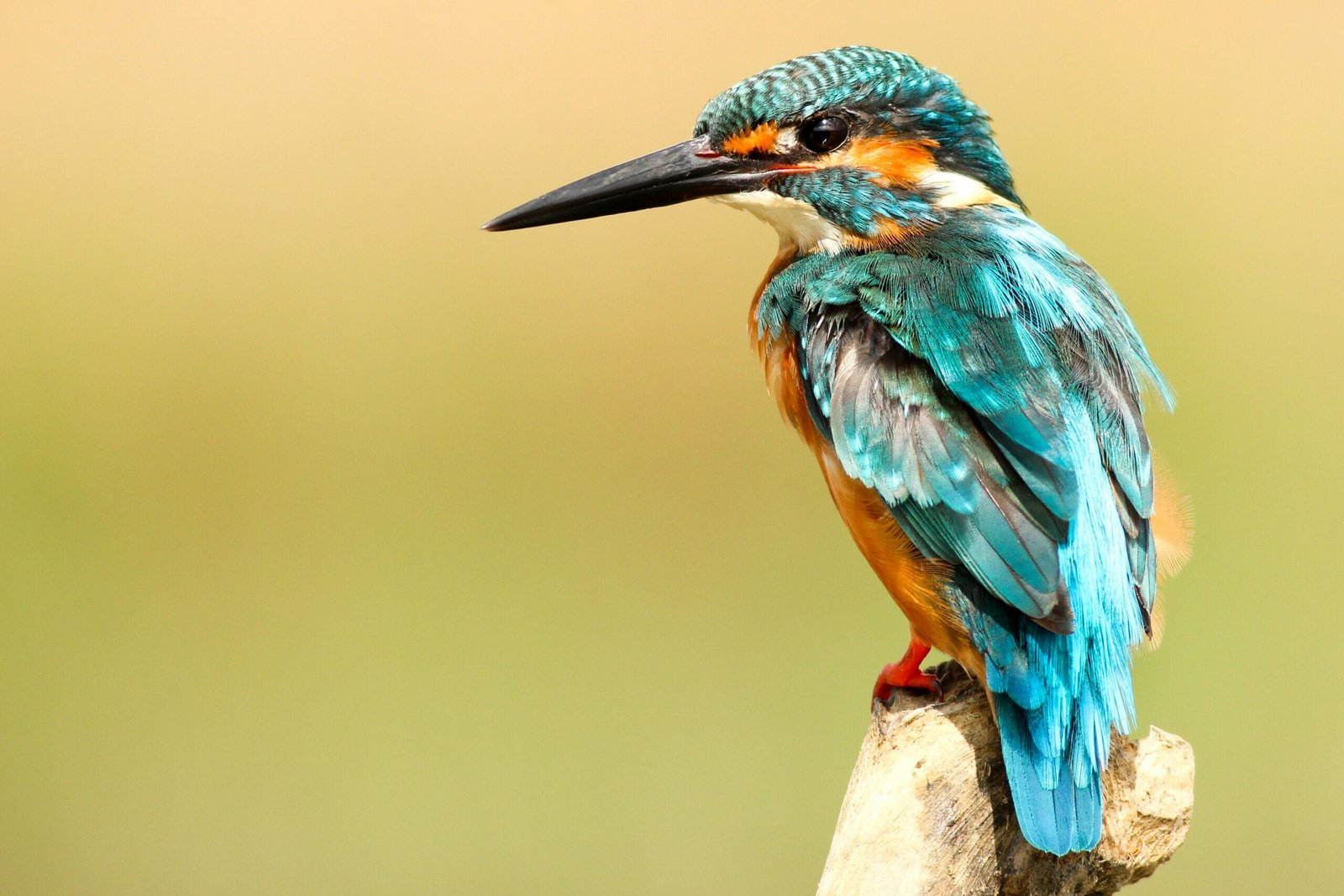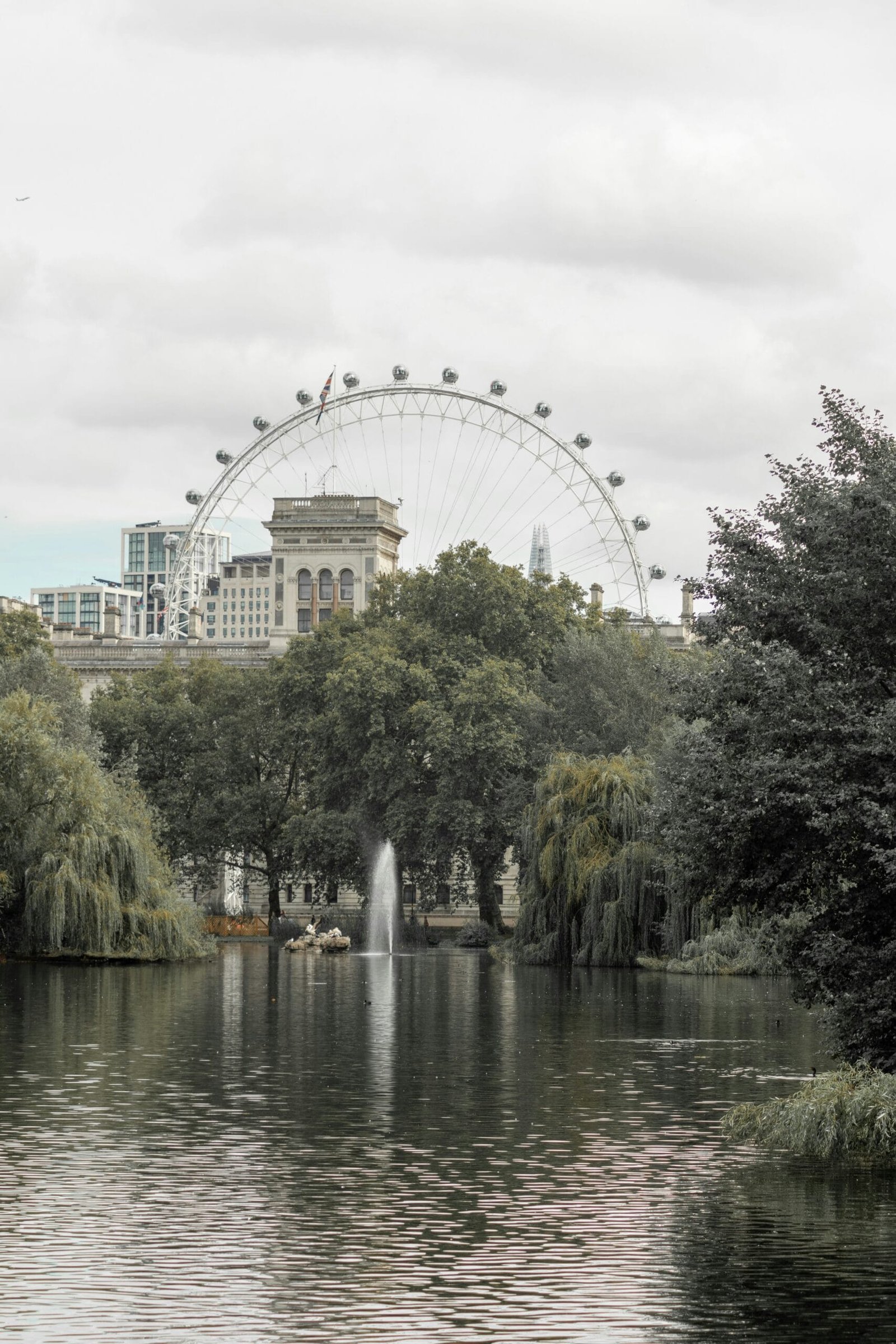Creating a Bird-Friendly Garden: A Guide to Attracting Various Bird Species

Introduction to Bird-Friendly Gardening
Bird-friendly gardening refers to the practice of designing and cultivating gardens that create welcoming habitats for various bird species. Such gardens play a crucial role in supporting local wildlife and enhancing biodiversity. By integrating specific plants, structures, and resources, gardeners can provide food, water, and shelter for birds, fostering a thriving ecosystem right in their own backyards.
The relationship between birds and their environment is deeply interconnected. Birds play vital roles in pollination, seed dispersal, and insect control, contributing to the overall health of the ecosystem. However, urbanization and habitat loss have significantly impacted bird populations, leading to a decline in many species. Consequently, creating bird-friendly gardens has become increasingly essential, as these gardens not only support local birds but also promote ecological balance in the area.
To develop a successful bird-friendly garden, one must consider several factors that cater to the diverse needs of different species. Native plants, for example, are particularly beneficial as they offer food sources in the form of seeds, fruits, and nectar that local birds rely on for sustenance. Additionally, incorporating trees and shrubs can provide essential nesting sites and cover from predators. Gardeners should also think about adding water sources, such as bird baths or small ponds, to ensure that birds have access to clean drinking water. Ultimately, creating a bird-friendly garden involves a combination of knowledgeable choices and thoughtful planning, enabling individuals to enhance their gardens while making a positive impact on bird conservation.
Choosing the Right Plants for Birds
Creating a bird-friendly garden begins with selecting the appropriate plants that provide both food and shelter for a variety of bird species. By focusing on native plants, gardeners can enhance their local ecosystems and support birds that naturally inhabit the area. Native species are adapted to the local climate and soil conditions, making them easier to maintain and more appealing to local wildlife.
Flowering plants are essential as they attract not only birds but also insects that serve as a food source. For instance, plants such as coneflowers and bee balm provide nectar and support pollinators, which in turn benefit bird species that feed on insects. These flowering plants add vibrant colors to the garden, enhancing its aesthetic appeal while serving as a valuable resource for various birds during their breeding and migration periods.
Fruit-bearing trees and shrubs are another vital component of a bird-friendly garden. Species like serviceberry, elderberry, and hawthorn produce fruits that are nutritious and attractive to birds such as finches and thrushes. By incorporating these types of plants, gardeners not only offer essential food sources but also provide shelter and nesting sites among their branches. Additionally, incorporating a variety of plant heights and structures—including ground covers, shrubs, and trees—ensures that different bird species can find their preferred habitats.
When selecting plants, it is important to consider those that thrive in the local climate and soil conditions. Consulting local horticultural resources or native plant societies can provide guidance on the best species for your region. This area-specific approach fosters a more sustainable environment and helps maintain local biodiversity, ensuring that your garden is a welcoming haven for a range of bird species.
Creating Nesting Sites
Providing safe and suitable nesting sites is essential for attracting various bird species to your garden. Different birds have distinct preferences when it comes to nesting, and understanding these needs can significantly enhance your garden’s bird-friendly environment. One effective way to offer these birds nesting opportunities is through the installation of nesting boxes. Nesting boxes come in various designs tailored to specific birds, such as bluebirds, wrens, and owls. Ensure that the size and entrance hole are appropriate for the bird species you wish to attract. It is also vital to place the boxes at a suitable height and in protected areas to deter predators.
In addition to nesting boxes, providing natural nesting materials can further encourage breeding. Many birds will utilize twigs, grass, feathers, and leaves to construct their nests. You can help by creating a designated area in your garden with these materials. Leaving some organic matter like small branches or pruning clippings can be beneficial, as it encourages birds to gather resources needed for their nests. Additionally, providing open spaces with low shrubbery can offer cover and a more secure environment for nesting.
Choosing the right plants is another crucial aspect of fostering a bird-friendly environment. Opt for native plants that are known to provide shelter and nesting sites for local bird species. Dense shrubs and trees with a variety of branching forms are particularly appealing, as they give birds ample space to build their nests while remaining hidden from potential threats. Plants such as elderberry, hawthorn, and holly can serve dual purposes: offering food resources and safe nesting locations. Furthermore, maintaining these plants by avoiding harsh pesticides and promoting organic practices will create a comfortable haven for the birds.
Placement and maintenance of these nesting sites are equally important. Regularly inspect nesting boxes for cleanliness and structural integrity. It is advisable to clean boxes out after the breeding season to prepare for new inhabitants in the following year. By creating an environment conducive to nesting, you will not only assist local bird populations but also enjoy the vibrant activity they bring to your garden.
Water Features: A Necessity for Birds
Incorporating water features into a bird-friendly garden is crucial for attracting various bird species and supporting their essential needs. Birds require water not only for drinking but also for bathing, which is vital for maintaining their plumage and overall health. By providing accessible and safe water sources, gardeners can significantly enhance the appeal of their outdoor spaces to different birds.
One of the most popular options for offering water is a bird bath. When selecting a bird bath, ensure it has a shallow design, ideally no more than two to three inches deep, to accommodate birds of various sizes. Adding textured surfaces can help birds grip the edges while bathing. It is beneficial to choose a bath that allows for easy drainage and cleaning to prevent the accumulation of harmful bacteria.
Ponds are another excellent water feature that can be integrated into a garden. They not only provide a habitat for birds but also attract other wildlife. Small, shallow ponds with gently sloping edges allow birds to safely access the water. Incorporating plants around the pond can create natural cover for birds, giving them a sense of security while they hydrate or feast on insects drawn to the water. Additionally, including rocks or logs can create perches near the pond.
Water fountains can also be enticing to birds, as the sound of flowing water attracts them. Install a fountain that offers a gentle trickle or mist to create a calming atmosphere while ensuring the water remains fresh and aerated. It is important to regularly clean all water features to prevent algae growth and maintain a safe environment. By integrating these various water sources, gardeners can successfully create a sanctuary that meets the hydration and bathing needs of visiting birds.
Food Sources to Attract Birds
Attracting a diverse array of birds to your garden necessitates the provision of varied food sources that cater to their dietary preferences. One of the most effective methods is the use of seed feeders, which can accommodate different types of seeds tailored to attract specific species. For instance, sunflower seeds are particularly popular among finches, while thistle seeds are favored by goldfinches. Meanwhile, a mix of millet and corn seeks to entice ground-feeding birds such as doves and sparrows.
In addition to seed feeders, incorporating suet blocks can significantly enhance the biodiversity of your garden. Suet, made from rendered animal fat, offers a high-energy food source that is particularly attractive to woodpeckers, nuthatches, and chickadees. Placing suet feeders in shaded areas can help preserve the integrity of the blocks, especially during warmer months. This method not only provides nourishment but also fosters a habitat that meets the energetic needs of these birds.
Another effective strategy is to offer fruits, such as apples, oranges, and berries, which can attract fruit-eating species like robins and waxwings. Creating a display of fresh fruit on an open platform feeder or securely placing it among branches can draw these birds close to your viewing area. Furthermore, planting native food-producing plants aids in establishing a sustainable food source; sunflowers not only provide seeds but also attract pollinators, while berry-bearing shrubs like elderberry and serviceberry offer seasonal food for various species.
Implementing year-round feeding strategies is essential for maintaining an engaging environment for birds throughout the seasons. Offering a consistent source of food, particularly during migration periods and winter months, ensures that your garden remains a welcoming habitat for visiting birds. By varying the food sources provided and using diverse feeding methods, you can cultivate a bird-friendly garden that enriches both your space and the avian populations in your area.
Creating Shelter: The Importance of Cover
Providing adequate shelter in a bird-friendly garden is crucial for creating a safe environment where various bird species can thrive. Birds seek protective cover to avoid predators and harsh weather conditions, making the selection of appropriate plants and landscaping techniques a vital component of attracting them to your garden. Dense shrubs, evergreen trees, and thorny bushes all contribute to effective shelter zones that facilitate comfort and safety for birds.
Dense shrubs are among the most effective plant types for offering cover. They create thick, bushy environments where birds can hide from predators and find nesting sites. Examples of suitable shrubs include hawthorn and viburnum, which not only provide shelter but also produce fruits that can serve as food sources for birds. When planting shrubs, it’s essential to choose a variety of species that bloom at different times, ensuring continuous food availability throughout the year.
Evergreen trees, such as pine and fir, are another excellent choice for creating year-round shelter. These trees maintain their foliage even in the winter, offering consistent cover for birds seeking refuge from cold temperatures and snow. Additionally, evergreens can provide nesting sites for species such as wrens and chickadees, making them an integral part of a bird-friendly landscape.
Thorny bushes, like blackberry or rose bushes, are particularly beneficial as they deter larger predators while providing essential hiding places. When landscaping, consider layering your plants to establish varied heights and thicknesses, which can create multiple shelter zones. Mixing tall trees with mid-level shrubs and low ground cover will encourage different bird species to visit while enhancing the overall aesthetic of the garden. By thoughtfully integrating these shelter elements into your gardening plan, you will effectively support a diverse bird population.
Avoiding Harmful Chemicals and Pesticides
Creating a bird-friendly garden involves not only attracting various bird species but also ensuring their safety and well-being. One significant concern is the widespread use of harmful chemicals and pesticides that can negatively impact bird populations and overall garden health. These substances may seem effective for managing pests, yet they can lead to devastating consequences for the avian community and broader ecosystem.
Pesticides often contain toxic ingredients that may affect birds directly or indirectly. For instance, when birds consume contaminated insects or seeds, they can experience adverse health effects, including reduced reproductive success and even mortality. Moreover, the broader implications of chemical runoff can harm local water systems and diminish the quality of habitats, further endangering birds and other wildlife.
To foster a safe environment for birds, organic gardening practices are highly recommended. Organic alternatives include the use of natural pest deterrents, such as neem oil or diatomaceous earth, which serve to manage pest populations without compromising the health of your garden. Moreover, encouraging beneficial insects, such as ladybugs and lacewings, can help keep potential pests at bay naturally. Planting a diverse array of native plants can also create a balanced ecosystem, promoting natural pest control while providing essential food and shelter for birds.
In addition to avoiding harmful chemicals, it is crucial to adopt practices that prioritize sustainability within your garden. This can include composting, utilizing organic fertilizers, and implementing companion planting strategies. By cultivating a garden space that is free of harsh chemicals, you not only create a safe habitat for local bird species but also contribute to the overall health of your environment. A commitment to organic gardening enhances biodiversity, resulting in a flourishing ecosystem where both plants and wildlife thrive together.
Seasonal Considerations for Bird-Friendly Gardens
Creating a bird-friendly garden requires an understanding of seasonal changes and how they influence the habits and needs of various bird species. Throughout the year, birds encounter different challenges related to food availability, shelter, and water sources. Therefore, adapting your garden to meet these seasonal needs is essential for attracting and supporting these creatures consistently.
In spring, many birds are returning from their winter habitats, seeking suitable nesting sites and food sources. Planting a diverse range of native flowering plants provides essential nectar for hummingbirds and attracts insects for insectivorous birds. Furthermore, ornamental grasses offer excellent cover for nesting. Ensuring that your garden contains a mix of shrubs, trees, and open spaces promotes various nesting opportunities and enhances the habitat.
As summer approaches, it is vital to maintain or establish reliable watering stations. Birds need ample water for drinking and bathing, especially during hotter months. Adding a birdbath or a small fountain can make your garden more appealing. Additionally, consider planting berry-producing shrubs, which provide a high-energy food source for birds preparing for migration. Regularly trimming back overgrown plants can also help keep your garden tidy and accessible for these winged visitors.
As autumn arrives, migration begins, and many birds are actively foraging to build up fat reserves for their long journeys. It is crucial to provide seeds and fruits to sustain them during this time. Transitioning your garden to include late-blooming flowers and seed-producing plants ensures a plentiful food supply. Leaving some plants untrimmed to go to seed can benefit migratory species significantly.
During winter, maintaining a reliable food source becomes essential, as many trees and plants have shed their leaves and berries. Offering high-energy foods such as sunflower seeds, suet, and specialized bird feeders can attract bird species that remain throughout the colder months. Additionally, providing shelter through evergreens or brush piles creates a safe haven for birds when harsh weather hits.
Getting Involved: Community Efforts and Resources
Engaging with community efforts can significantly enhance the impact of bird-friendly gardening practices. Many local organizations and initiatives are dedicated to conserving bird populations and promoting biodiversity within urban and rural landscapes. By participating in these community efforts, individuals can contribute to broader conservation goals, fostering a thriving habitat for various bird species.
One of the most prominent organizations focused on avian conservation is the Audubon Society. With chapters across the country, the Audubon Society facilitates local events, such as bird counts and habitat restoration projects, that allow community members to actively participate in conservation work. Becoming a member not only provides access to valuable resources but also connects gardeners with like-minded individuals passionate about promoting bird-friendly environments.
Another essential resource is the local parks department, which often runs initiatives aimed at conserving native plants. Engaging with these initiatives can provide information on which plants attract local bird species while ensuring that gardeners contribute to sustainable ecosystems. Participating in community planting days or workshops on bird-friendly gardening can also yield fruitful networking opportunities with fellow environmentally-conscious individuals.
Furthermore, various non-profit organizations exist specifically to support bird populations through habitat restoration and education. Groups like the National Audubon Society or local wildlife rehabilitation centers often seek volunteers for various projects, ranging from monitoring bird populations to educating the public about the importance of native species. These organizations can direct individuals towards local resources, such as native plant nurseries and gardening workshops, which focus on creating bird-friendly spaces.
In addition to structured programs, gardening clubs and online forums can serve as supportive communities where members share advice and experiences related to attracting birds. By participating in these groups, gardeners not only learn effective strategies but also play a role in nurturing a community that values the natural environment.




